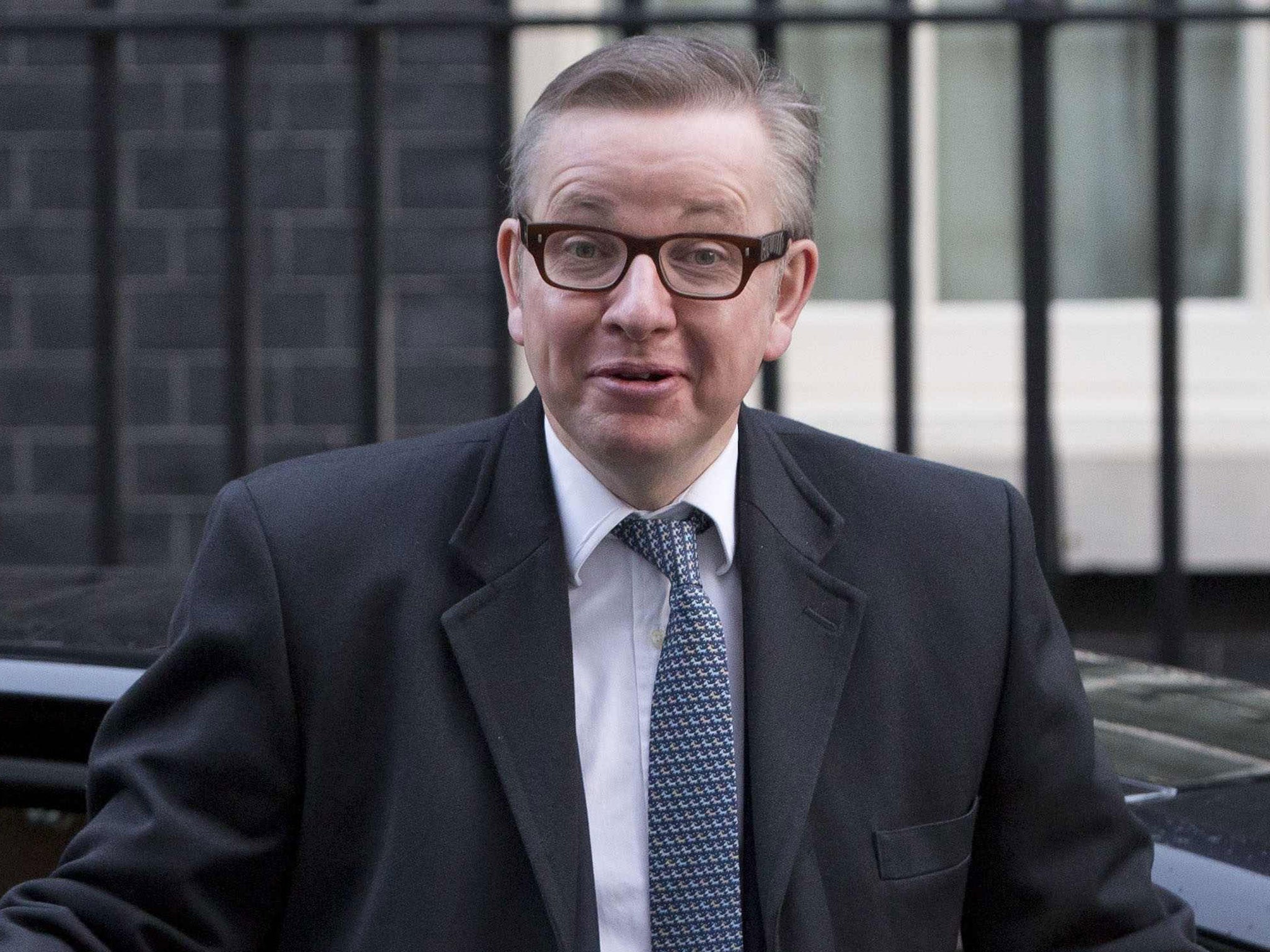Gove wants more as tough approach on 3Rs gets results
Number of primary schools failing to reach minimum standards has fallen radically

Your support helps us to tell the story
From reproductive rights to climate change to Big Tech, The Independent is on the ground when the story is developing. Whether it's investigating the financials of Elon Musk's pro-Trump PAC or producing our latest documentary, 'The A Word', which shines a light on the American women fighting for reproductive rights, we know how important it is to parse out the facts from the messaging.
At such a critical moment in US history, we need reporters on the ground. Your donation allows us to keep sending journalists to speak to both sides of the story.
The Independent is trusted by Americans across the entire political spectrum. And unlike many other quality news outlets, we choose not to lock Americans out of our reporting and analysis with paywalls. We believe quality journalism should be available to everyone, paid for by those who can afford it.
Your support makes all the difference.Michael Gove may raise primary targets after new figures showed his exacting approach to standards had succeeded in more than halving the number of schools failing to give pupils a good grounding in the three Rs.
Primary school league tables published today show the number failing to reach the Education Secretary’s minimum target of 60 per cent of pupils becoming fluent readers and good at maths by 11 has fallen from 1,310 to 476 in a year. Last night ministers were believed to be considering raising the targets to ratchet up the pressure on headteachers.
The 476 schools which failed to reach the target in national curriculum tests in maths and English now face the prospect of closure or conversion into academies.
The results show marked regional variations with 6 per cent of primary schools (89) in Yorkshire and Humberside failing while the success story is in inner London where only 1 per cent of schools (eight) failed to reach the target.
The local authorities with the biggest percentage of schools failing to reach the minimum target are Portsmouth and Nottingham (16 per cent) and Kirklees, Peterborough and Medway in Kent (11 per cent).
A Department for Education spokesman said: “The Government brought in higher primary school floor targets with one aim in mind – to drive up standards with immediate effect to end years of chronic underperformance.
“Schools with a long history of underperformance and which are not stepping up to the mark face being taken over by an academy sponsor. The expertise and strong leadership provided by sponsors is the best way to turn around weak schools and give pupils there the best chance of a first-class education.”
Russell Hobby, general secretary of the National Association of Head Teachers, said the results were “excellent news”, adding: “It shows the hard work that’s going on in the system.”
Asked about possible changes to the target, he said: “There is a danger that every time schools meet a goal they shift the posts.”
Labour’s schools spokesman Kevin Brennan added: “We should congratulate hard-working primary school pupils and teachers on these results – but still not enough schools are making the grade in the three Rs.” He warned cuts in spending could jeopardise standards by reducing one-to-one tuition for those struggling to read or add up.
The tables show 502 schools have a perfect score of every child reaching the required standard in both maths and English. The top school, with more pupils going on to a higher standard, was Newton Farm in Harrow for the second year running.
The most improved school was Thornhill Primary School in Southampton which saw its results go from 24 per cent reaching the required standard in 2009 to 88 per cent this year.
At the bottom end was the Maharishi Free School in Ormskirk, Lancashire. It recorded 0 per cent in both English and maths as pupils failed to sit the tests.
Join our commenting forum
Join thought-provoking conversations, follow other Independent readers and see their replies
Comments